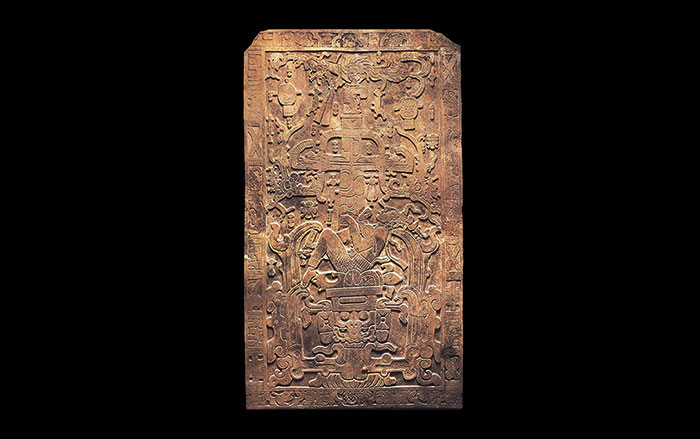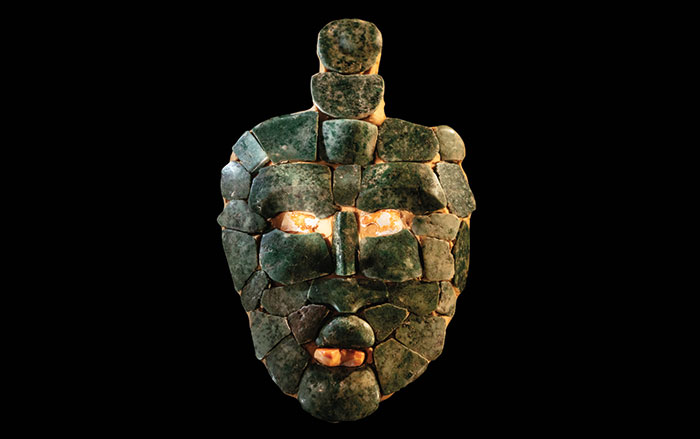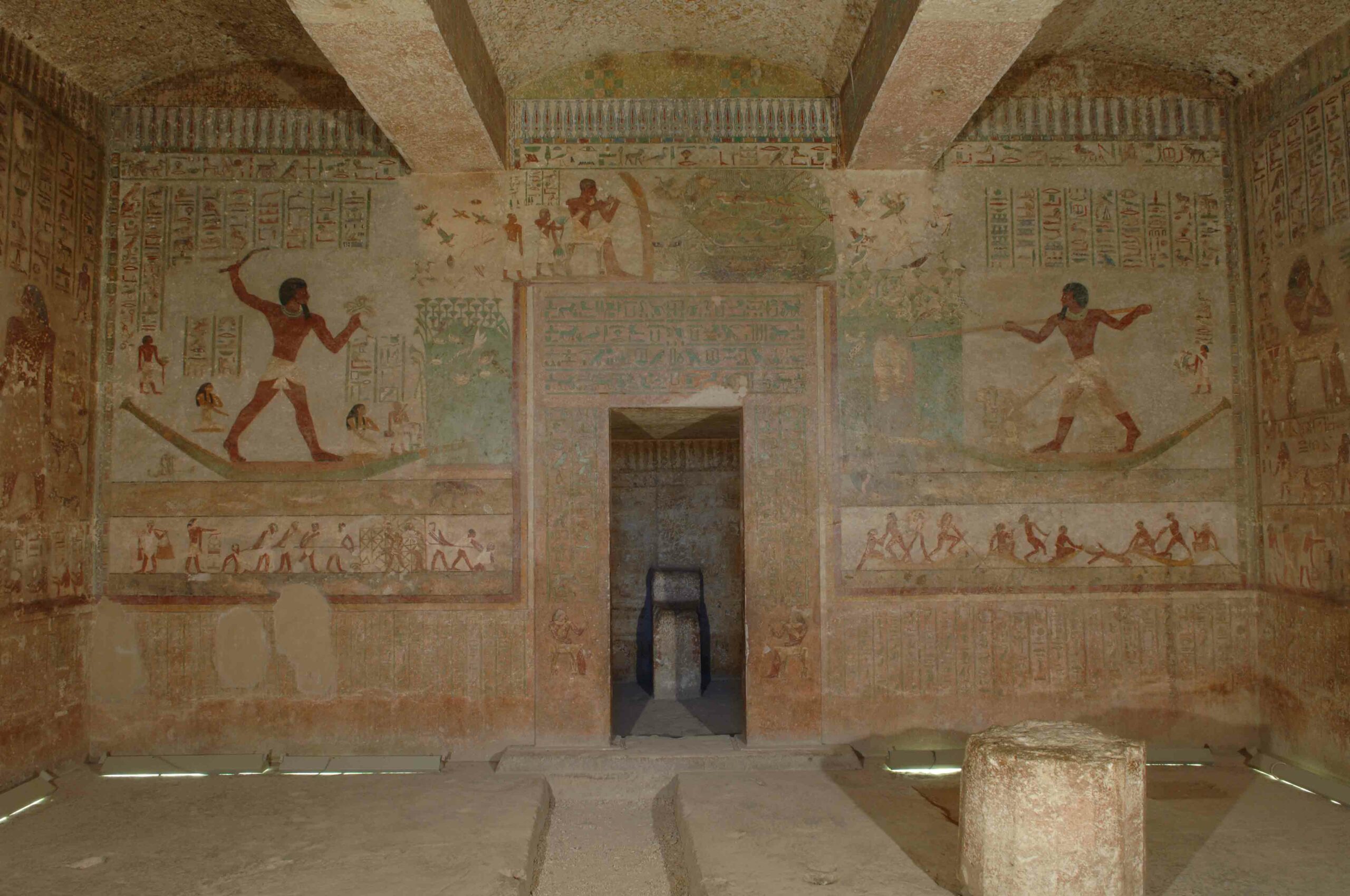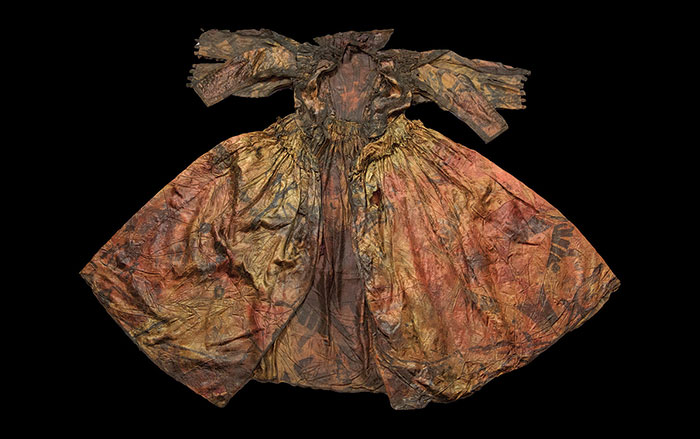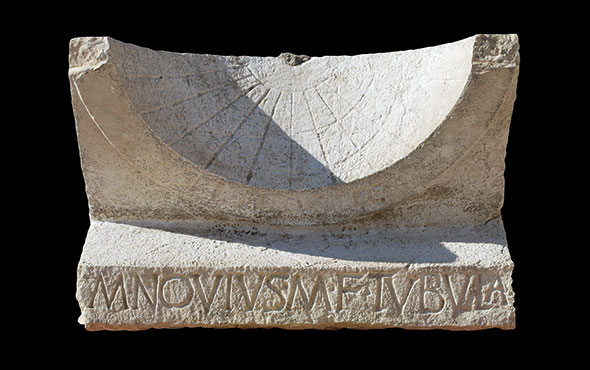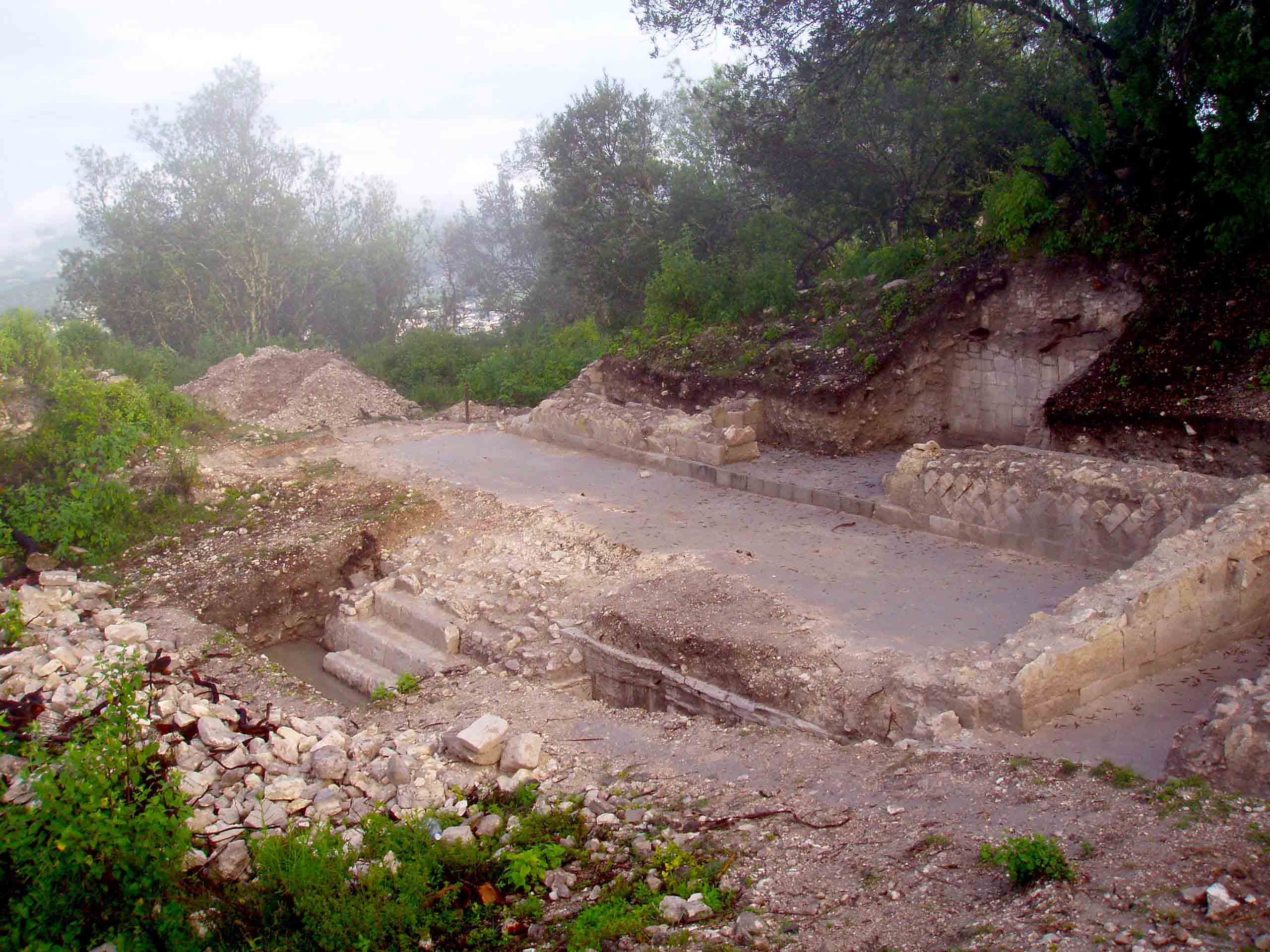
NEWARK, NEW JERSEY—According to a Science Magazine report, an analysis of Classic Maya artwork from the southern lowlands suggests chocolate, in the form of fermented and dried cacao beans, may have been used as currency beginning around the eighth century A.D. The artwork, dating from A.D. 250 to 900, included murals, ceramic paintings, and carvings depicting market exchanges and tribute payments to Maya kings. “They are collecting way more cacao than the palace actually consumes,” archaeologist Joanne Baron of the Bard Early College Network said of the tribute payments. She thinks the surplus cacao was used to pay palace workers, or to purchase additional goods in the markets. Other goods, such as woven cloth, maize, and green stones may also have been used as money by the Maya during the Classic Period. For more on the Maya, go to “Artifact: Maya Pectoral.”



